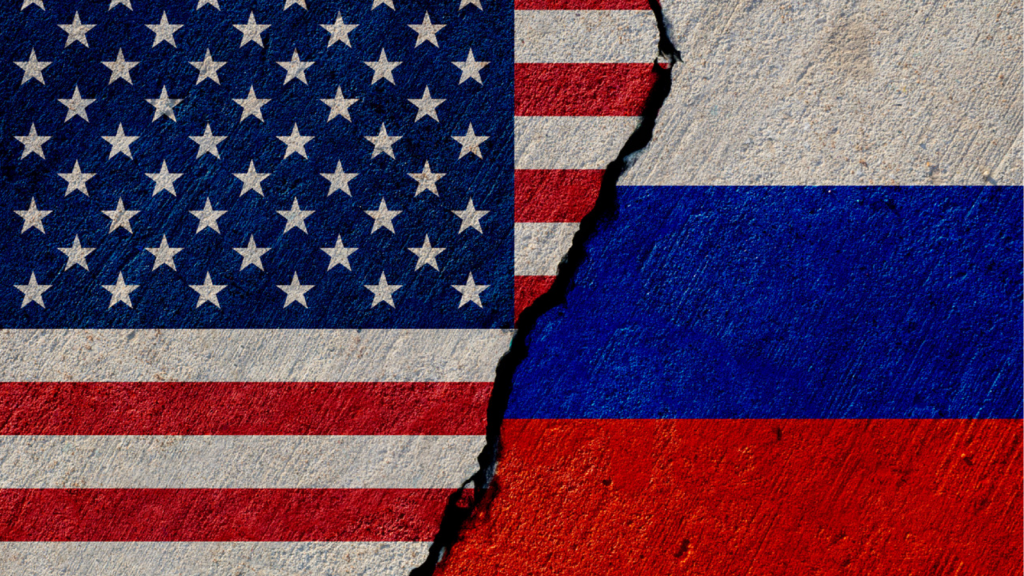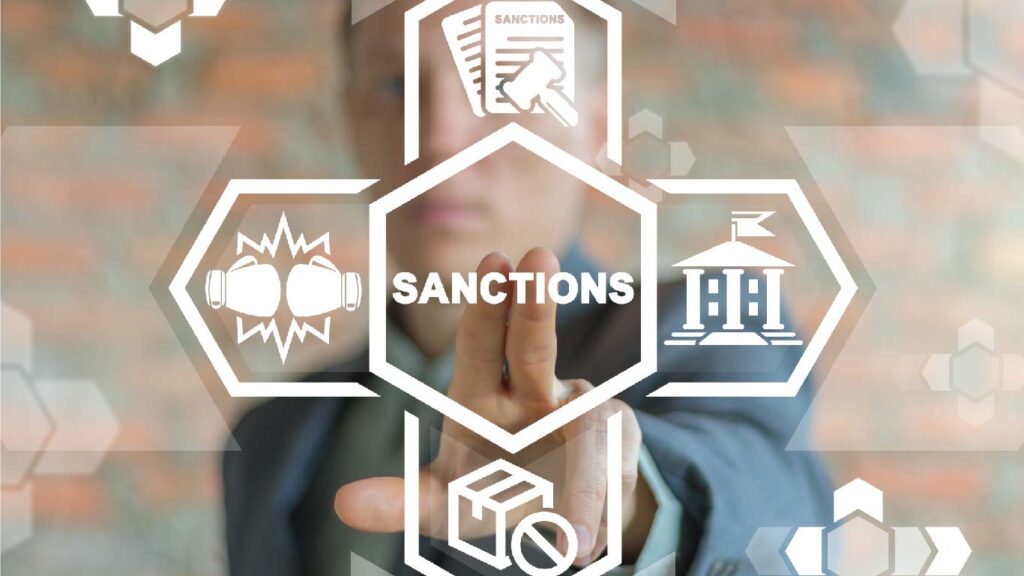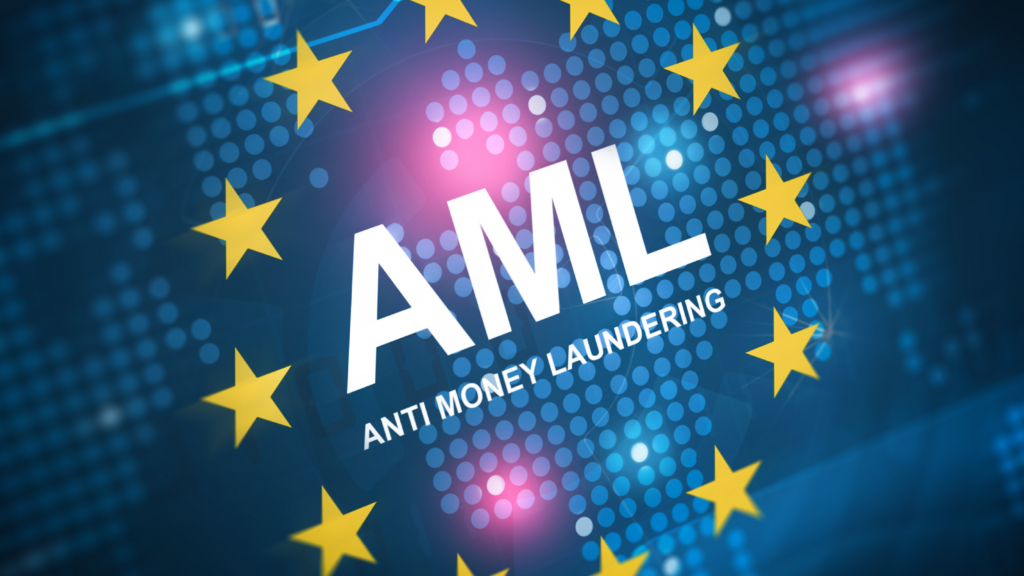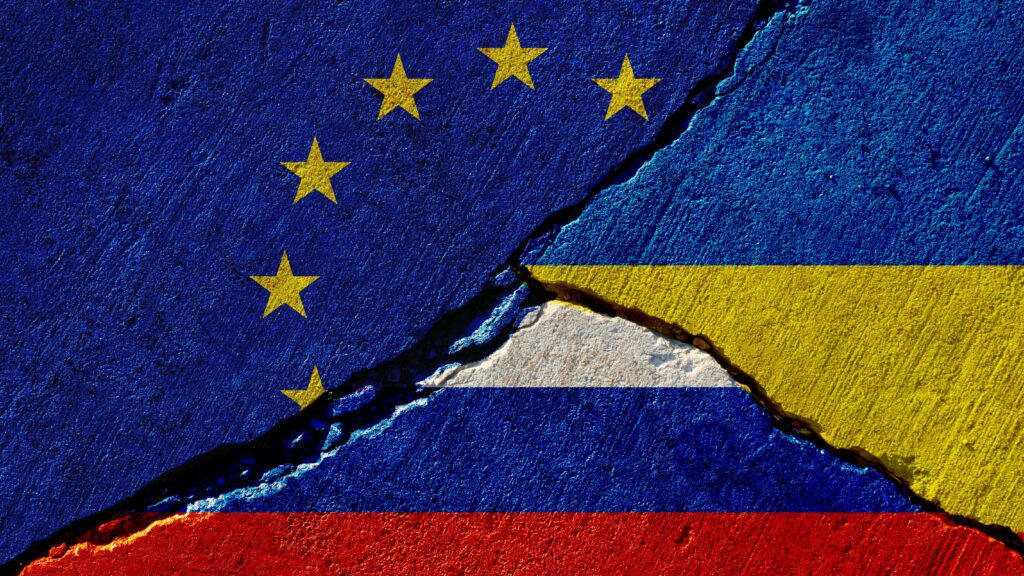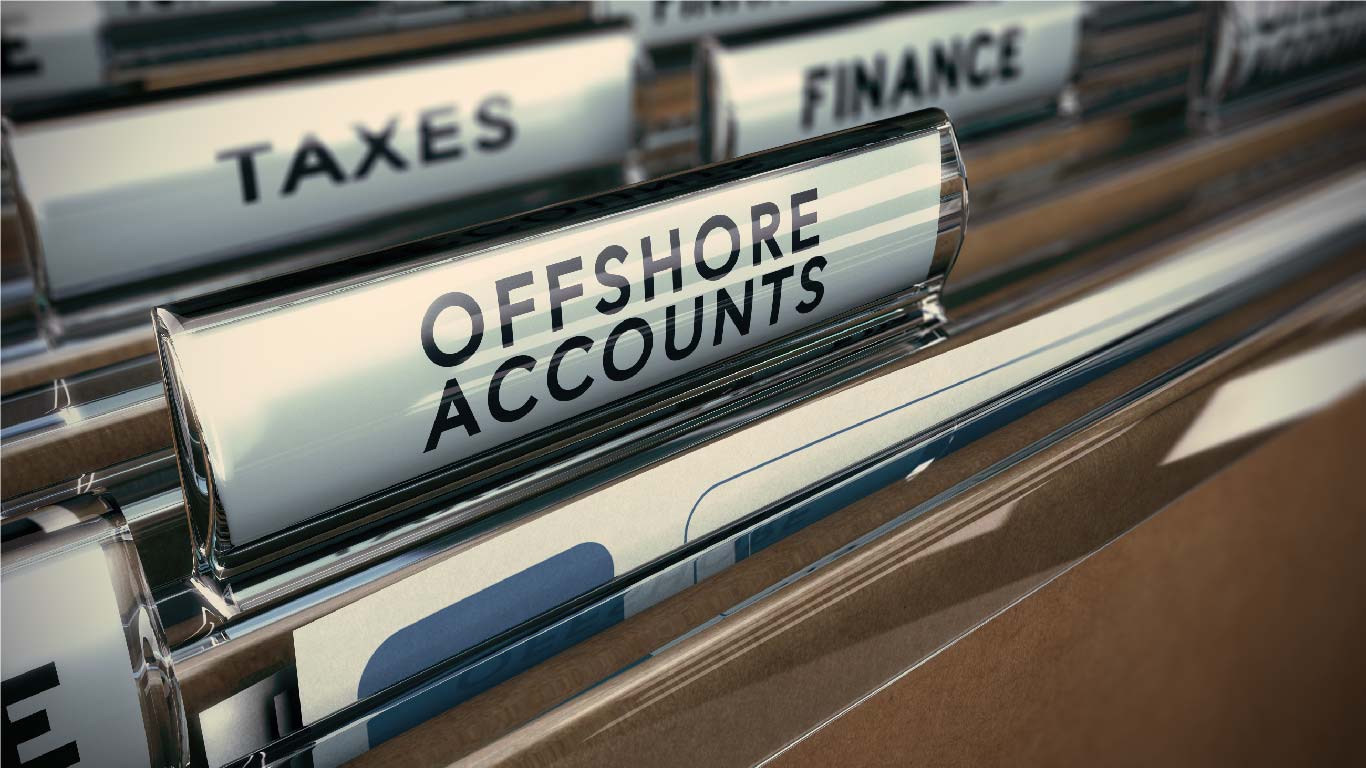Anti-Financial Crime
The author

Table of Content
Definition of a shell company
A shell company is a registered legal entity that exists only on paper and has no significant assets or business activities. The shell company pretends to provide real business services in order to conceal illegal funds and its beneficial owner, launder money or avoid tax payments.
Legal review of shell companies
In principle, it is not illegal to move your place of residence or company headquarters abroad in order to benefit from tax advantages there. If sufficient transparency is created towards tax authorities about such a company abroad, it is perfectly legal.
However, you make yourself liable to prosecution if the aim is to evade taxes in your home country by hiding assets from the tax authorities abroad. Furthermore, it is of course illegal to launder money from criminal activities such as drug trafficking or terrorist financing through such company structures.
Regulatory requirements for financial institutions
In response to the publication of the Panama Papers, BAFIN ordered stricter controls in 2016. In that process, 14 German banks were uncovered that were conducting business with shell companies and were subsequently required to submit original documents from the previous five years to the respective money laundering prevention department.
From a regulatory perspective, the monitoring of shell companies falls under the Minimum Requirements for the Risk Management of Banks (MaRisk) published by BAFIN. Accordingly, banks are obliged to develop, establish and consistently promote an appropriate risk culture within the company. In addition, the increased due diligence obligations following part 3, article 15, section 6 of the German Money Laundering Act (GWG), which are intended to ensure sufficient information and measures regarding the business relationship of counterparties, must be fulfilled.
Nevertheless, the fight against tax evasion is far from won. The Pandora Papers published in October 2021 still revealed around 29,000 shell companies where tax avoidance or tax evasion accounts via offshore service providers were found. According to estimates, Germans alone have more than 125 billion euros stored anonymously abroad. According to an EU study, almost 7 billion euros of this was evaded in taxes. Such sums can only be tackled in future with political pressure and the strengthening of tax and law enforcement authorities, which create a basis for effective control in order to disclose cross-border company structures and adequately sanction violations of money laundering regulations.
Detection options in transaction monitoring
In the financial sector, Anti-Money Laundering solutions are usually used to automatically and continuously monitor transactions, as manual tracking is simply impossible. In the area of transaction monitoring, as in all other money laundering scenarios, there are certain indicators that can be used to identify potential shell companies.
There are two different methods for detecting such companies:
- a) via a separate identification model for shell companies and
- b) via a list comparison with already identified shell companies.
Solution ‘a) using a specific model’ defines certain indicators that point to the existence of a shell company. These are usually decisive factors, such as the company’s registered office in tax havens, risky legal forms or links to known shell company addresses or companies. These and other indicators are weighted with different risk impacts and an overall threshold value is determined. If this threshold is exceeded by one or more indicators, this generates an alert for the company that has become conspicuous within the monitored transaction.
During solution ‘b) list matching’ a so-called watch list is defined in the AML system, which lists potentially secure or already identified shell companies. If an entity on the watch list is part of a transaction or has a similar name, an alert is generated in the system. High-risk entity scenarios are often used for this purpose, which are specifically designed to identify high-risk companies or customers, and related high-risk transactions.
Other important sources for the investigation include global lists such as ICIJ and Worldcheck. With the publication of the Panama Papers in April 2016, approximately 216,000 offshore companies were published, which are still an important component for transaction monitoring, and many have been excluded from payments worldwide. Attached is a map of the locations of the shell companies uncovered by the Panama Papers.
Other articles
Sources:
[1] https://www.bafin.de/DE/PublikationenDaten/Jahresbericht/Jahresbericht2016/Kapitel3/Kapitel3_2/Kapitel3_2_2/kapitel3_2_2_artikel.html
[2] https://www.sueddeutsche.de/wirtschaft/banken-briefkastenfirmen-was-ist-legal-und-was-nicht-dpa.urn-newsml-dpa-com-20090101-160404-99-454998https://www.badische-zeitung.de/briefkaesten-am-ende-der-welt–120352708.html
[3] https://www.rnd.de/politik/pandora-papers-was-ist-eine-briefkastenfirma-wann-ist-sie-erlaubt-und-wann-verboten-O7LPZOKNECDLHS7YUX6XRE5B5M.html
[4] https://www.bafin.de/SharedDocs/Downloads/DE/Auslegungsentscheidung/dl_ae_aua_bt_ki_gw.pdf?__blob=publicationFile&v=7
[5] https://www.netzwerk-steuergerechtigkeit.de/pandorapapers-zeigen-der-karibische-briefkasten-ist-immer-noch-in-betrieb/?cn-reloaded=1

